Table of Contents
Window Designs
A window is an important component in any house or building, play a key role in both appearance and functionality. Selection of good and matched window designs enhances the architectural aesthetics of structure. It also affects ventilation, natural lighting, energy efficiency and overall comfort. From modern minimalist styles to traditional and decorative frames, there are numerous designs to suit every type of architecture. Some of the latest and most beautiful window designs includes:
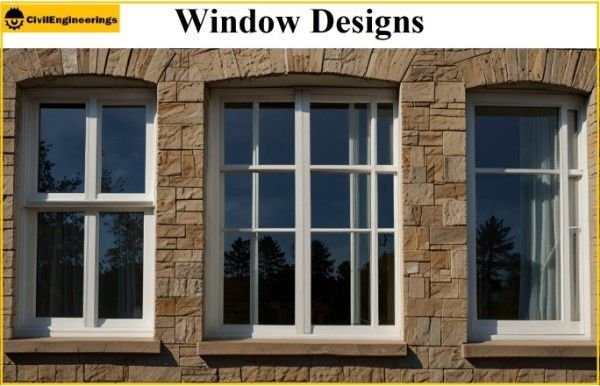
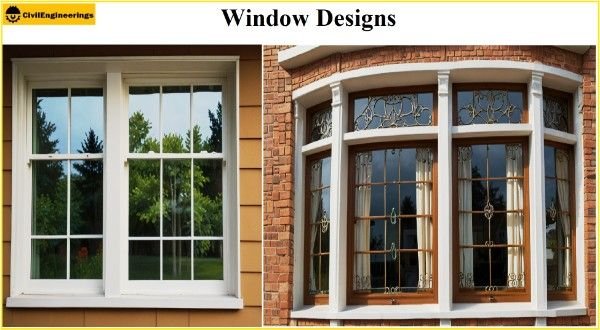
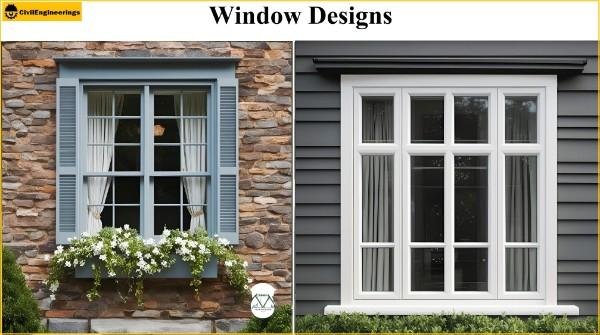
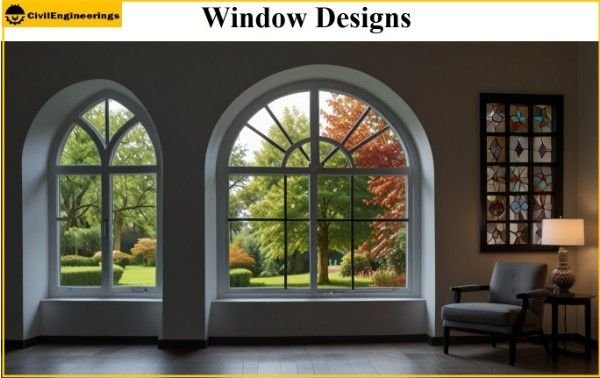
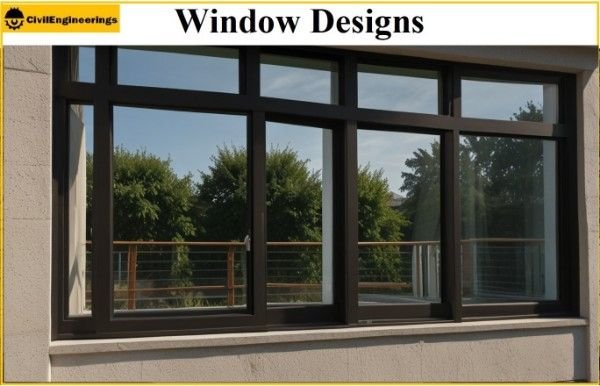
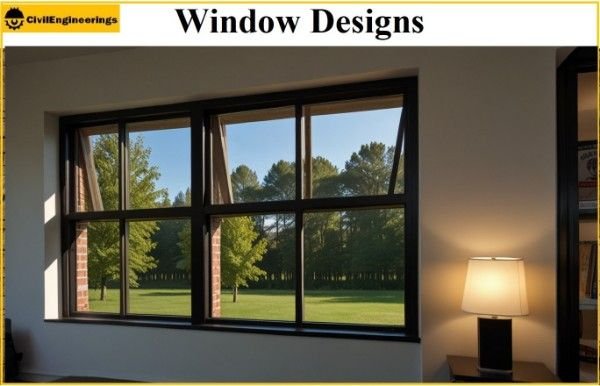
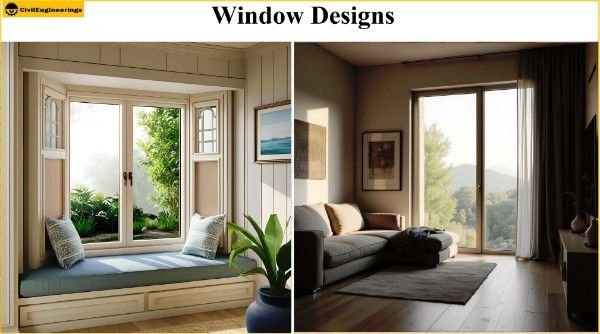
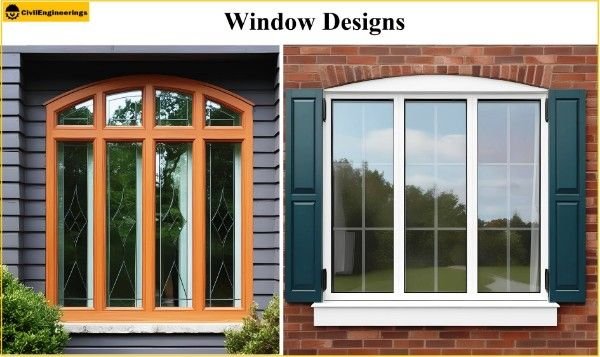
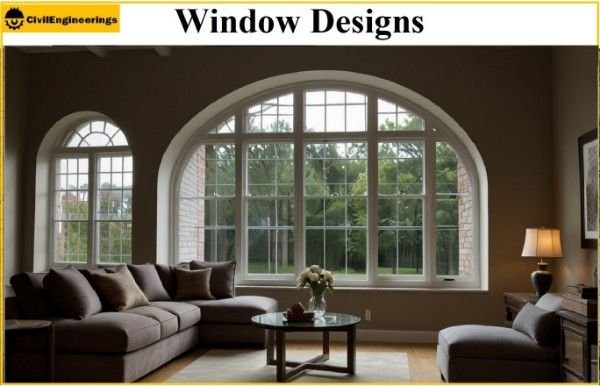


Selection of Window Design
- The design should complement the overall look of the building.
- Bedrooms, kitchens and living areas may require different window types.
- Proper placement and design improve energy efficiency.
- Wood, aluminum and uPVC each offer different benefits in terms of durability, maintenance and appearance.
- Woodhas natural look, excellent insulation but requires maintenance, susceptible to rot and termites
- Aluminumhas Lightweight, strong, corrosion-resistant buy Poor insulator unless thermally broken
- UPVC hasLow maintenance, energy-efficient, cost-effective but Less suitable for very large openings, limited color choices
Standard Size and Height:
- Living Room: Typically 48"–60" wide × 36"–72" high
- Bedroom: Around 36"–60" wide × 36"–60" high
- Kitchen and Bathrooms: Smaller, often 24"–36" high for privacy and ventilation
Purpose of Windows
- Reduces dependence on artificial lighting and boosts well-being.
- Allows fresh air to circulate, maintaining indoor air quality.
- Helps regulate indoor temperature with appropriate glazing.
- Enhances views and creates a more open, inviting space.
Importance of Good Window Design
- Enhances the curb appeal and interior ambiance.
- Minimizes heat loss or gain, reducing energy costs.
- Modern designs include safety locks, toughened glass, and child-proof features.
- Well-designed windows can increase the overall market value of a property.
Precautions During Window Placement
- North-facing windows get consistent daylight without overheating. South-facing windows are good for warmth in winter.
- Ensure placement does not conflict with structural beams, plumbing, or electrical systems.
- Prevents air and water leakage.
- Maintain an appropriate sill height (typically 2.5 to 3 feet for living spaces).
- Install locks or limiters on windows accessible to children.
FAQs
1. What is the best window design for small rooms?
Sliding or casement windows are ideal for small rooms as they save space and allow for maximum light and ventilation.
2. Which material is better for windows – wood, aluminum, or uPVC?
Each material has its pros and cons: wood offers natural aesthetics, aluminum is durable and sleek, and uPVC is low-maintenance and energy-efficient.
3. What is the standard window height for bedrooms?
The typical window height for bedrooms ranges from 36" to 60" to ensure both functionality and aesthetics.
4. How do window designs affect energy efficiency?
Proper window designs reduce heat loss or gain, enhance ventilation, and improve insulation, resulting in lower energy bills.
5. What precautions should be taken during window placement?
Avoid placing windows near structural beams or plumbing, ensure proper sealing, and maintain a sill height of 2.5 to 3 feet for safety and aesthetics.






